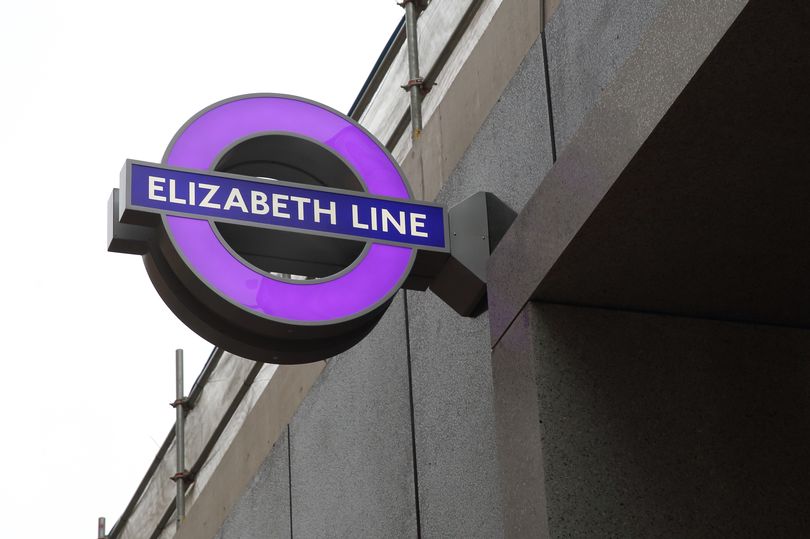
https://www.mylondon.news/news/west-london-news/crossrail-real-reason-tfl-chose-17404241
Yesterday, 15 December 2019, marked the dawn of a new era in London/Home Counties train travel. Transport for London (TFL) started the rolling out process for the new Elizabeth Line (formerly known as Crossrail), taking over from Great Western Railway (GWR) stopping services between Paddington (mainline) and Reading.
Why is the Elizabeth Line purple? As you will be aware, colour is extremely important within the TFL family, with each mode of transport and rail line uniquely colour-coded. One might assume that the new Line, named for the Queen’s long association with the UK transport system, is purple because the colour has a centuries-old association with royalty. You’d be wrong though, that’s just a happy coincidence. Elizabeth Line purple (Pantone 265) has been chosen primarily to assist passengers with wayfinding and navigation. It is visually distinctive from the other modal roundels – London Underground red or London Overground orange – enabling it to be easily identified by customers.
Once up and running, trains will run every 15 minutes in peak times and every half-hour off-peak. By early 2020 passengers using the Elizabeh Line Paddington-Reading service will benefit from TFL privileges, including: contactless payments to complete journeys; fare alignment; and free travel for those with a Freedom Passes and children under 11 accompanied by an adult.
It is hoped that the whole Crossrail project will be completed by the start of 2022. The Elizabeth Line will eventually extend from Reading through London to Shenfield in Essex. It will enable 1.5 million more people to travel into London with a maximum journey time of 45 minutes.